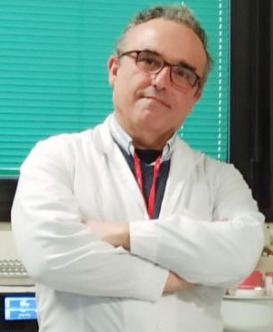
Tommaso Pizzorusso
Full Professor
FISIOLOGIA (SSD: BIO/09)
Professor Pizzorusso is a distinguished neuroscientist studying neural plasticity and its intricate interplay with environmental factors. Currently, he holds the position of Full Professor in Physiology at Scuola Normale Superiore, following an academic journey that includes tenures at the University of Florence, and fellowships at the Institute of Neuroscience of the CNR, and Georgetown University in Washington DC. His scholarly contributions extend to numerous research publications and lectures at prestigious international gatherings, including renowned institutions such as MIT's Simons Center and the Collège de France. Professor Pizzorusso has also taken a proactive role in organizing symposiums at major neuroscience conferences, such as the FENS Forum, US SfN meetings, and the IBRO meeting. Furthermore, he has been part of ERC and ANR grant panels.
His primary research focus involves investigating neural plasticity, combining functional approaches such as electrophysiology and in vivo imaging with molecular analysis to uncover environmental regulators of development. A pivotal contribution was discovering the inhibitory role of the perineuronal net (PNN) in ocular dominance plasticity, which has had a widespread impact and led to the PNN exploration in neuropsychiatric patients' brains and their potential for brain recovery after injury. He recently published the first PNN atlas of the mouse brain. This line of research earned him the international Schellenberg Award and the Italian President's medal.
In addition to his work on neural plasticity, Professor Pizzorusso has delved into the intricate dynamics between environmental factors and gene expression within the brain, with a particular focus on visual development. His pioneering research has illuminated the pivotal role of epigenetic factors, including DNA methylation, histone modifications, and microRNAs, in defining critical periods for plasticity. Importantly, these insights have been extended to disease models, where electrophysiological recordings and non-invasive imaging serve as powerful tools for identifying potential biomarkers in preclinical models of neurodevelopmental disorders.
